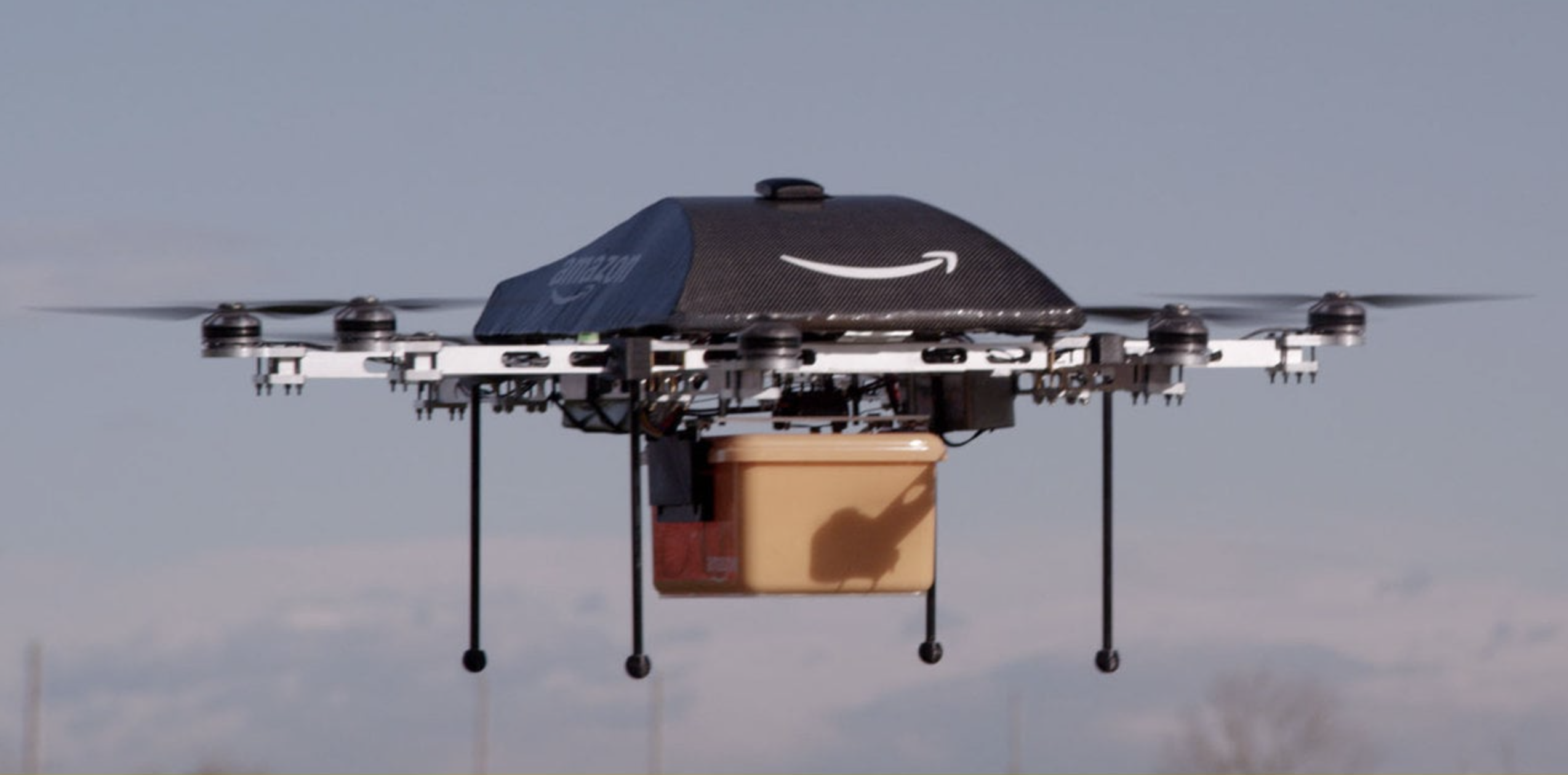
How much money will Amazon save by using drones for deliveries?
 When Amazon CEO Jeff Bezos first talked about drones delivering packages in December 2013, naysayers were quick to dismiss his ambitions as a mere publicity stunt. Today, as we near Bezos’ 2018 timeline for the coveted project, drone deliveries have become an obsession with the tech world.
When Amazon CEO Jeff Bezos first talked about drones delivering packages in December 2013, naysayers were quick to dismiss his ambitions as a mere publicity stunt. Today, as we near Bezos’ 2018 timeline for the coveted project, drone deliveries have become an obsession with the tech world.
Let’s face it. Drones are the ultimate disruptive technology. But its many uses notwithstanding, for a logistics company, it all boils down to the dollars and cents it would be saving using drones. So, does it actually make sense for Amazon and other companies to use drones for deliveries?
According to a new report by Skylark Drone Research, it absolutely does. In fact, the authors make that clear right on the front page of the report: “The economics of using commercial UAS for package delivery are so compelling, companies in the package delivery market will either need to adopt this new disruptive technology or face declining market power in the face of a new industry model.”
Here’s how they arrived at the conclusion that using drones would ultimately prove cheaper than the ground methods in use today: Amazon’s purported cost of last-mile delivery with USPS is $2.50, and this figure has been taken as the benchmark in the report. The researchers conducted extensive interviews with 25 drone operators and took numerous factors like UAV cost, battery life, electricity cost, insurance, labor, etc., into account for their calculations. They deduced that if a large online retailer was to use its own drones for deliveries, not only would it save $0.76 per delivery, in the absence of a third-party delivery company like FedEx, it would also have more control over its distribution channel.
Every day, more than 100 million products are sold online. Of this, almost 90% come in the weight range that a drone can deliver economically. As such, the research forecasts 8 million daily drone deliveries in a pessimistic view and 50 million daily operations as a midpoint range. Accordingly, the annual savings for a logistics company is projected to be at least $2 billion in the pessimistic forecast and $10 billion in savings for the midrange forecast. So, we can easily expect Amazon to save a lot more.
Now, as promising as these numbers are, the report acknowledges that several questions remain unanswered. What type of a system can be scaled to handle this much traffic? Who will manage it? What is the trade-off between automation and human interaction? Who will finance this system?
What are your thoughts?




